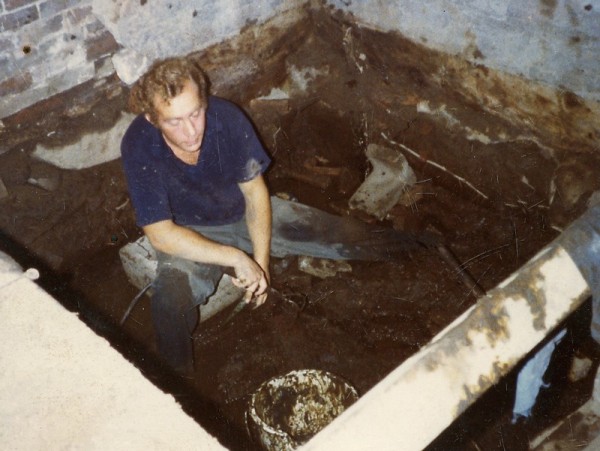
Racket Shreve excavating the Captain Stephen Phillips trash pit, Salem, Massachusetts, 1974–1976. (Courtesy, Racket Shreve.)

James Frothingham, Captain Stephen Phillips, Salem, Mass., ca. 1818–1826. Oil on canvas, 34 3/4" x 29 3/4". (Courtesy, Peabody Essex Museum.)
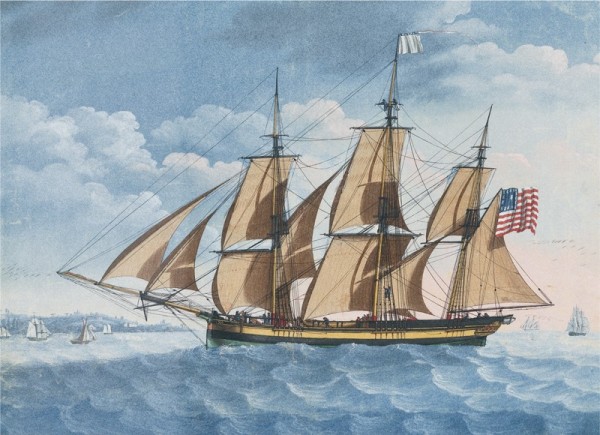
Michele Felice Cornè, Ship John, Salem, Massachusetts, 1803. Watercolor, 17 1/4" x 23 1/4". (Courtesy, Peabody Essex Museum.)
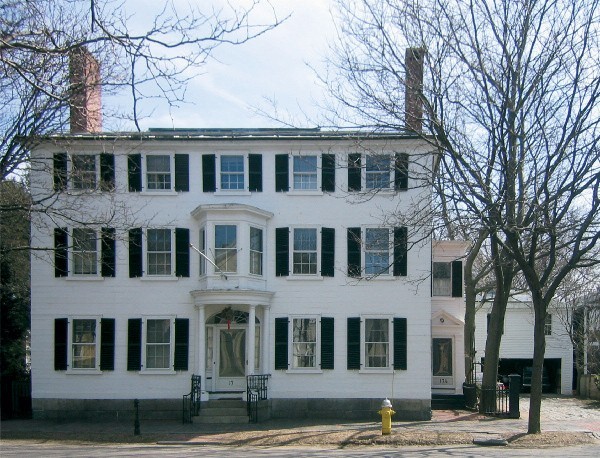
Number 17 Chestnut Street, the Captain Stephen Phillips House, 2005. (Photo, George Schwartz.)

Selected examples of the ceramic and glass assemblage excavated from the Phillips trash pit. (Courtesy, Peabody Essex Museum; unless otherwise noted, all artifact photographs by Walter Silver.)
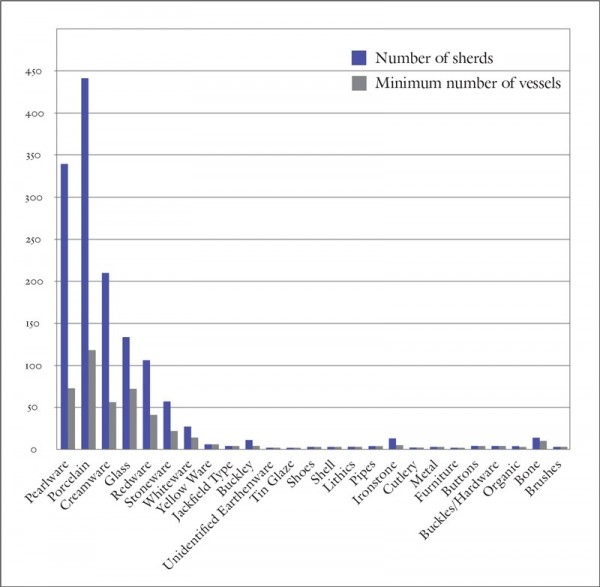
Distribution of artifacts recovered from the Phillips trash pit.
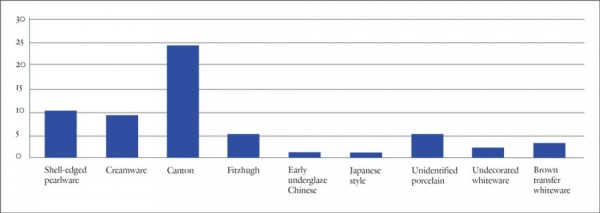
Distribution by ceramic type of plates recovered from the Phillips trash pit.
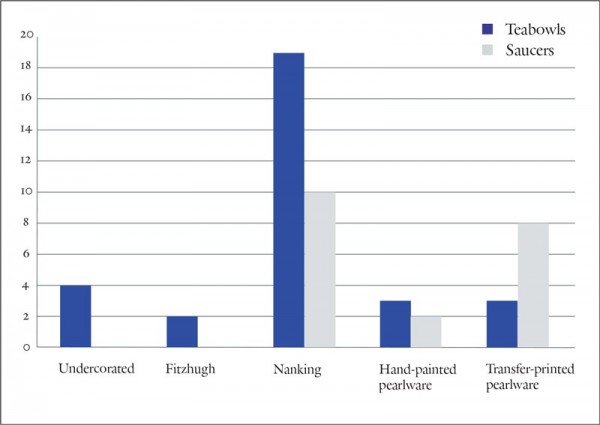
Teabowls and saucers recovered from the Phillips trash pit.
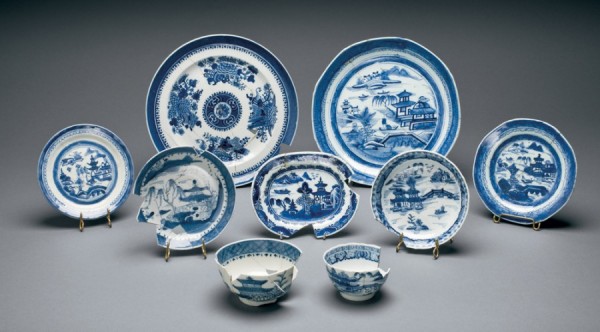
Selected examples of the Chinese porcelain recovered from the Phillips trash pit. (Courtesy, Peabody Essex Museum.)
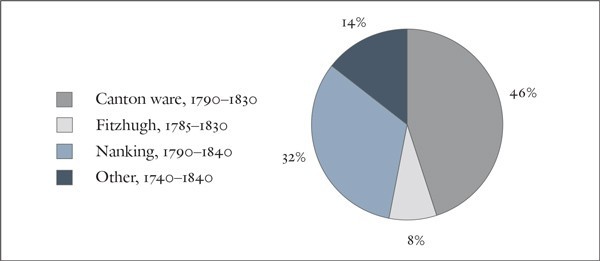
Types of Chinese porcelain recovered from the Phillips trash pit.

Teabowl and saucer, China, 1760–1780, recovered from the Phillips trash pit. Hard-paste porcelain with underglaze-blue decoration in the Nanking style. D. of bowl 3 1/2", D. of saucer 5 1/2".

Plate, China, 1790–1820, recovered from the Phillips trash pit. Hard-paste porcelain. D. 5 3/4". The rim of this low-quality Canton-style porcelain is heavily pitted.

Plate fragments, China, ca. 1750, recovered from the Phillips trash pit. Hard-paste porcelain.
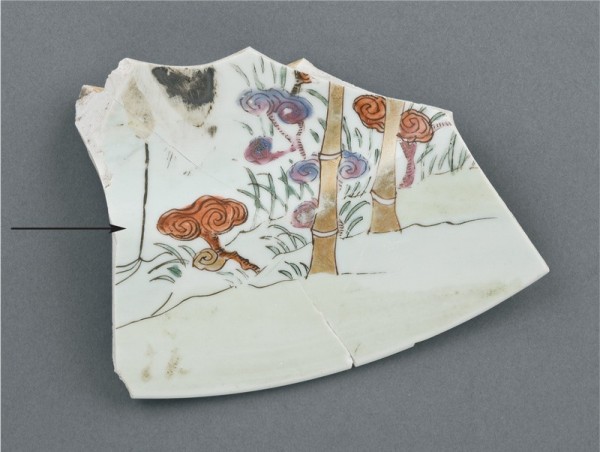
Plate fragment, China, 1750–1765, recovered from the Phillips trash pit. Hard-paste porcelain. This fragment, from an overglazed Japanese-style porcelain plate, shows the leg of a bird (see arrow) similar to one on the soup plate illustrated in fig. 15.
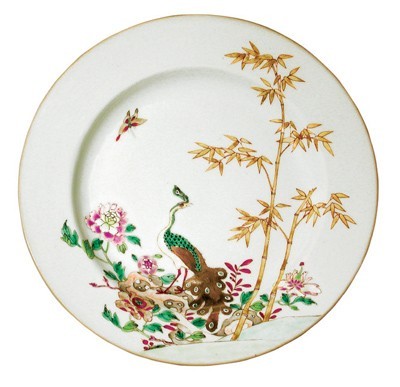
Soup plate, China, 1750–1765, illustrated in Daniel Nadler, China to Order (Paris: Vilo International, 2001), p. 83, pl. 74.
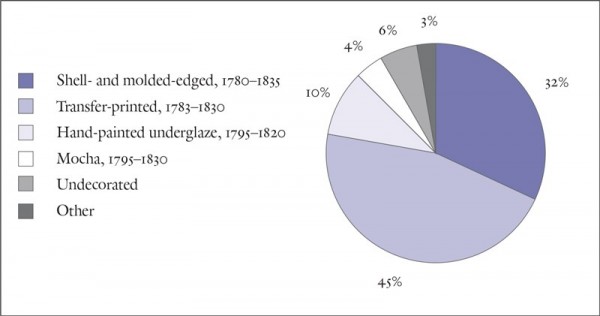
Types of pearlware recovered from the Phillips trash pit.
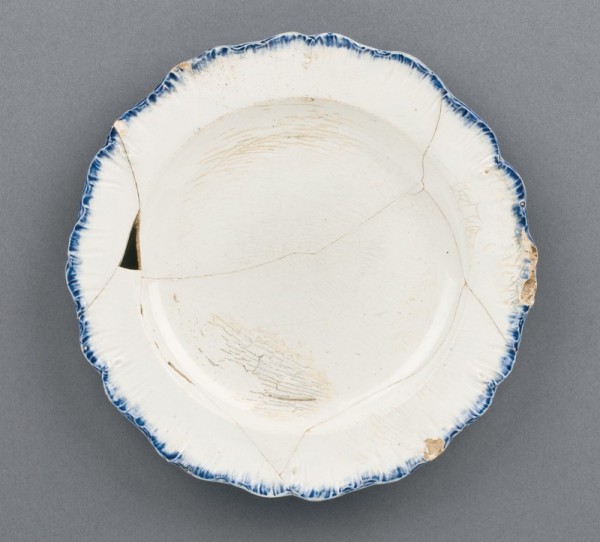
Plate, probably Staffordshire, England, 1780–1810, recovered from the Phillips trash pit. Pearlware. D. 7".
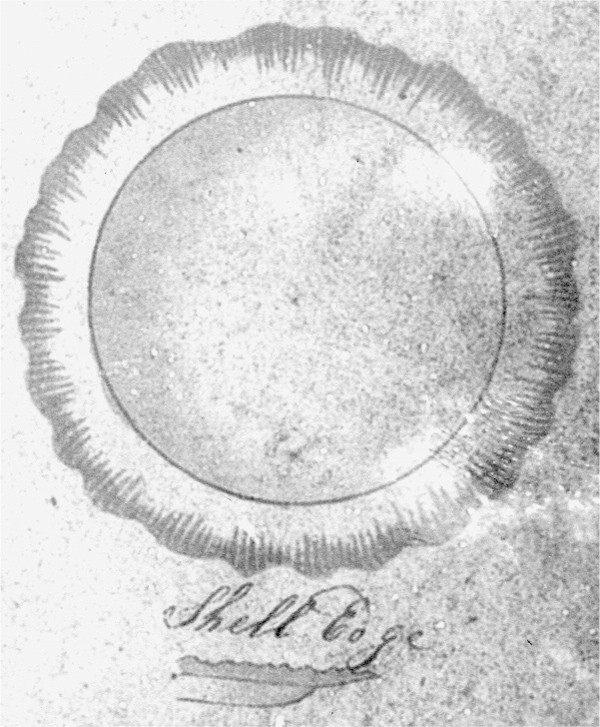
Shell-edged plate illustrated in Josiah Wedgwood’s 1802 trade catalog. (Courtesy, Birmingham Museum of Art.)
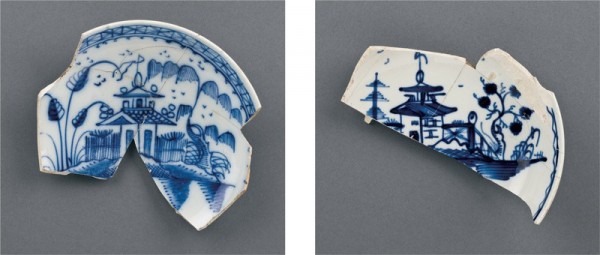
Saucers, England, 1785–1810, recovered from the Phillips trash pit. Pearlware or China glaze. D. 6".
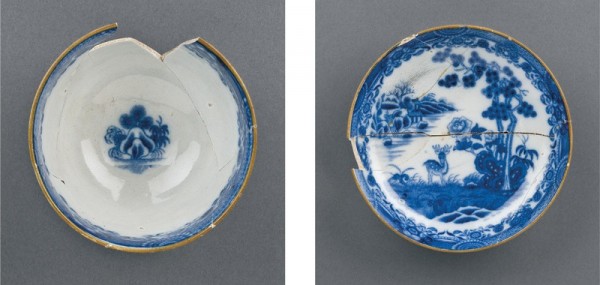
Teabowl and saucer, Staffordshire, England, 1810–?, recovered from the Phillips trash pit. Pearlware or China glaze. D. of teabowl 3 1/2", D. of saucer 5 1/4".

Chamber pot, possibly Staffordshire, England, 1785–1810, recovered from the Phillips trash pit. Pearlware in the scratch-blue style. H. 5 1/2". Mark: “GR” on side.
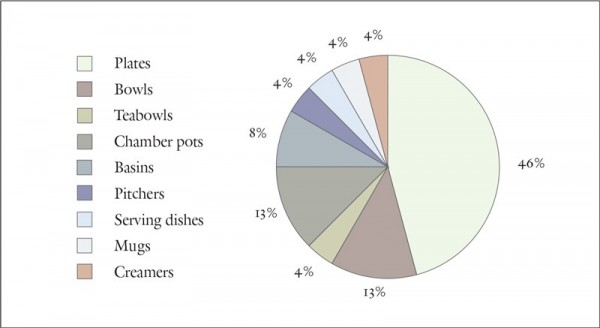
Types of creamware vessels recovered from the Phillips trash pit.

Plate, probably Staffordshire, England, 1790–1810, recovered from the Phillips trash pit. Creamware in the Flat Rim style. D. 8 1/2".

Flat-rim creamware plate illustrated in Josiah Wedgwood’s 1802 sale catalog. (Courtesy, Birmingham Museum of Art.)
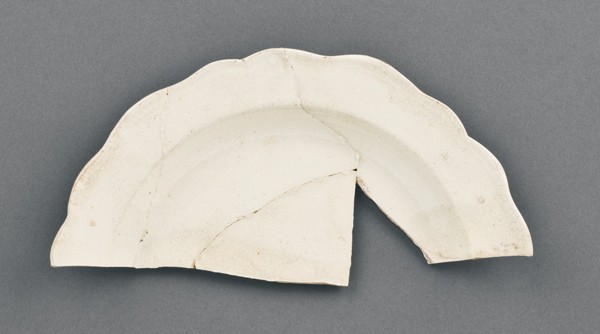
Plate, probably Staffordshire, England, 1790–1810, recovered from the Phillips trash pit. Creamware in the Royal style. D. 8".

Royal Pattern creamware illustrated in Josiah Wedgwood’s 1802 trade catalog. (Courtesy, Birmingham Museum of Art.)
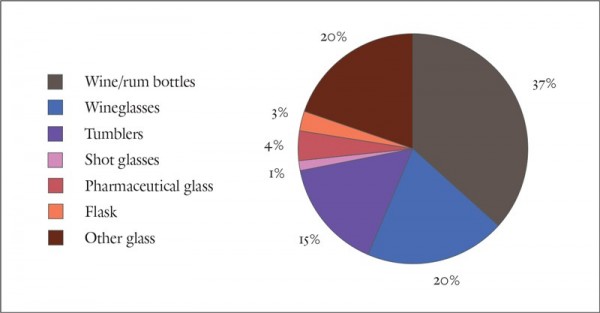
Types of glass vessels recovered from the Phillips trash pit.
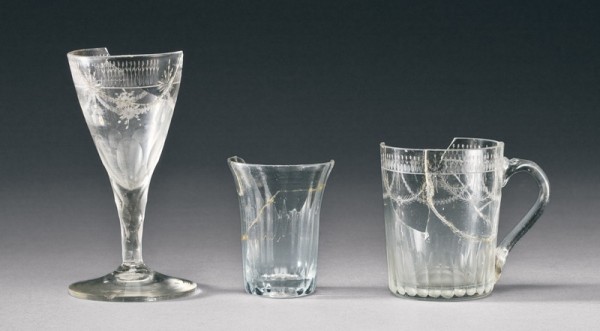
Wineglass, shot glass, and punch cup. Possibly Germany, 1790–?, recovered from the Phillips trash pit. Leaded glass. H. of wineglass 5 1/2".
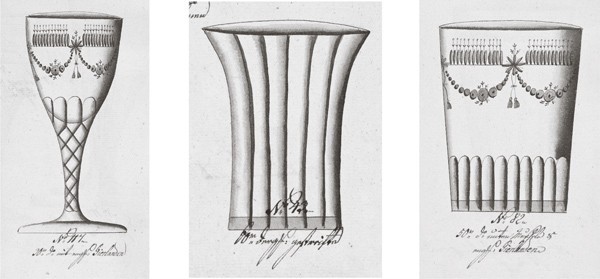
Glass forms illustrated in Johannes Schiefer, Pattern Book for Glass, ca. 1790–1825. (Courtesy, The Winterthur Library: Joseph Downs Collection of Manuscripts and Printed Ephemera.)

Wine bottles, France (far left) and England, 1780–1810, recovered from the Phillips trash pit. Blown glass. H. of tallest 13".
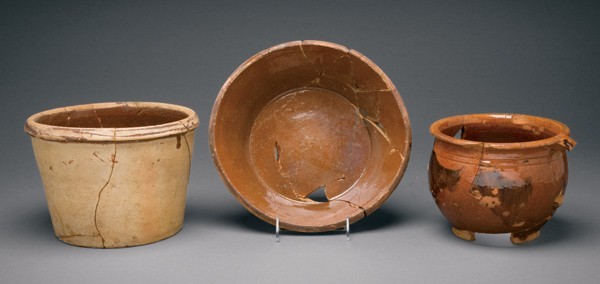
Storage jar, milk pan, and chamber pot, New England, 1800–1820, recovered from the Phillips trash pit. Lead-glazed earthenware. D. of milk pan 6".
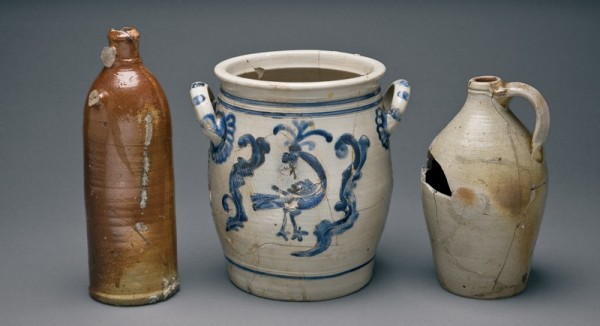
Gin/mineral water bottle (left), Germany, 1750–1820; Westerwald-style storage jar (center), Germany, 1780–1820; Jug (right), Connecticut, 1800–1820, all recovered from the Phillips trash pit. Salt-glazed stoneware. H. of storage jar 14 1/4".
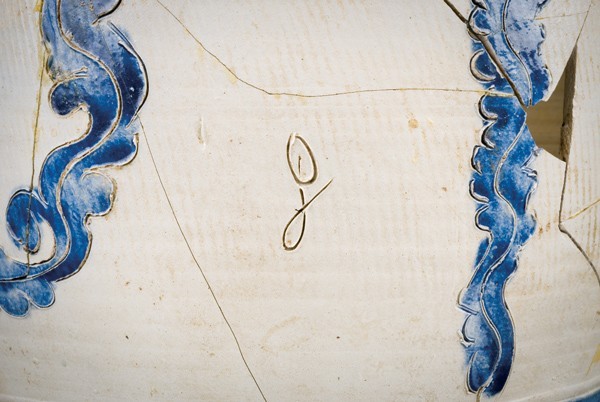
Detail of the inscribed mark on the body of the storage jar illustrated in fig. 32.
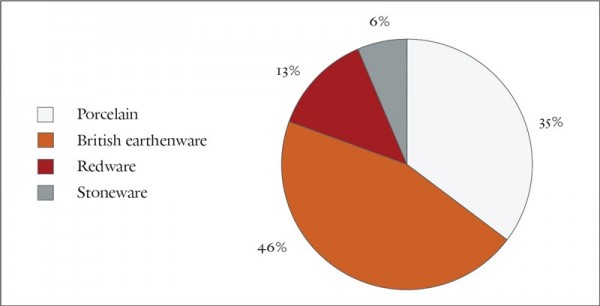
Ceramic types recovered from the Phillips trash pit.
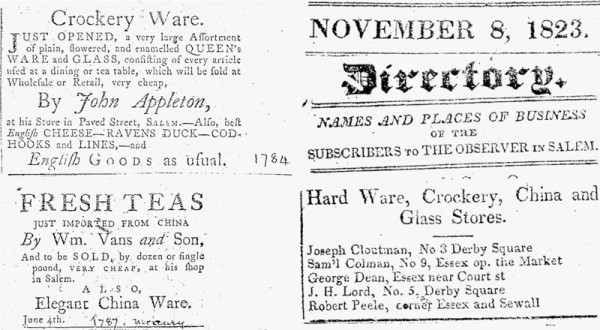
Advertisements and listings published in late eighteenth- and early nineteenth-century Salem newspapers.
